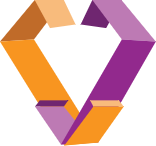PDGM/PDPM Payment Models: The Impact on Home Health
PDGM/PDPM Payment Models: The Impact on Home Health


Described as the biggest Medicare reimbursement overhaul in 20 years, the recent changes to the Centers for Medicare and Medicaid’s (CMS) payment models have caused a lot of buzz. The reason for all the hype is the transition towards a more value-based system and away from the fee-for-service status quo. The intent behind these administrative changes, commonly known as the Patient-Driven Payments Model (PDPM) for skilled nursing facilities (SNFs) and the Patient-Driven Groupings Model (PDGM) for home health care, is to improve the quality of patient care, promote the overall health and wellbeing of the Medicare Advantage population, and lower healthcare costs. However, both models have become the source of apprehension for many SNFs and home health organizations as they brace for the impact the new arrangements will have on member care and coverage moving forward. Although each payment model targets its own separate issue, the fundamental concept is similar. As part of CareCentrix’s latest webinar, Year in Review: CMS’ Changes Impact on the Future of Health Care industry experts discussed these new payment structures, the differences between the two, and the significance of these changes to health plans.
Skilled Nursing Facility Patient-Driven Payment Model
Effective October 1, 2019, the SNF PDPM model replaces the current Medicare Part A reimbursement structure known as Resource Utilization Groups Version IV (RUG-IV). RUG-IV methodology centers on implementing a payment limit, predicated upon the aggregate of services provided, where comorbidities are not factored in at all. The focus of the new model will be on value rather than volume, where payment will be determined by the patient’s diagnosis, condition, service and overall care needs, regardless of the quantity of services rendered. Reimbursement will be based on five separate classification categories – physical therapy, occupational therapy, speech-language pathology, nursing, and non-therapy ancillary (NTA) services. Patients will be scored within each category, using a series of specific criteria. The objective of the new payment structure is to streamline the payment process and reimburse SNFs more accurately for the services provided.1
Home Health Patient-Driven Groupings Model
Similar to the SNF PDPM model, the new home health PDGM model will also emphasize value over volume, eliminating therapy services thresholds as a reimbursement factor. Beginning January 1, 2020, the PDGM model will classify patients into clinically-defined reimbursement categories based on source of admission (i.e. community or institutional), timing of episode (i.e. early or late), clinical groupings, primary diagnosis, level of functional impairment, and comorbidity adjustment. Additionally, the new model includes a “behavioral adjustment” in rates, so home health agencies will receive a 4.36 percent reduction to make sure that the new model is budget-neutral. Health plans should expect to develop a plan and partner with home health organizations who specialize in home and post-acute care to manage this transition. 2
Impact on Health Plans
The new payment model will increase reimbursement for clinically complex patients, and those receiving services after an episode of acute care, while paying less for visits in the middle of an episode and for therapy-related services. As these changes apply to traditional Medicare, it is at the health plan’s discretion to adopt the new payment models for their Medicare Advantage plans. Many proactive insurers have discussed this with their skilled nursing partners and are shifting to a non-RUG system based on various metrics such as levels of care or a flat fee. In addition, more and more insurers are recognizing the importance of implementing an end-to-end care coordination solution, of which post-acute care is a critical component. This should be taken into consideration while preparing for Medicare Advantage bids 2021.3
Conclusion
The new PDPM and PDGM models will have a significant impact on post-acute care, as SNFs and home care agencies learn how to survive and thrive in an environment that rewards providing care to more complex patients, and in the case of home health, reduces revenue through rate cuts and loss of proactive payment models. Health plans who keep themselves informed on both models and create partnerships that emphasize collaboration and paying for value will have a leg up in the new post-acute and home health space. Organizations that implement a holistic approach towards value-based care will be better positioned to be successful as the new models are implemented. If patients, providers, and health plans can align in this new climate, everyone is sure to win.
References
1Centers for Medicare & Medicaid Services, “Patient Driven Payment Model,” accessed December 26, 2019, https://www.cms.gov/Medicare/Medicare-Fee-for-Service-Payment/SNFPPS/PDPM.
2Centers for Medicare & Medicaid Services, “Home Health Patient-Driven Groupings Model,” accessed December 26, 2019, https://www.cms.gov/Medicare/Medicare-Fee-for-Service-Payment/HomeHealthPPS/HH-PDGM.
3Skilled Nursing News, “PDPM Strategies for Success,” accessed December 26, 2019, https://skillednursingnews.com/2019/10/each-medicare-advantage-can-treat-pdpm-differently-and-snfs-mileage-will-vary.
Related Blog Posts

From Hospital to Home: The Unique Role of Nurse Liaisons
In celebration of National Nurses Month, we’re highlighting a couple…


Transitioning Members from Hospital To Home Sooner
For older adults, inpatient hospital stays are costly, representing nearly…

Managing the Length of Stay at SNFs
In the U.S., Skilled Nursing Facilities (SNFs) provide care for…

Overcoming the Staffing Shortage Impact to Post Acute Care
As a result of economic downturns, aging, and chronic disease…

Post-Acute Care Needs of Medicaid Patients
After discharge from an acute care facility, patients covered by…
